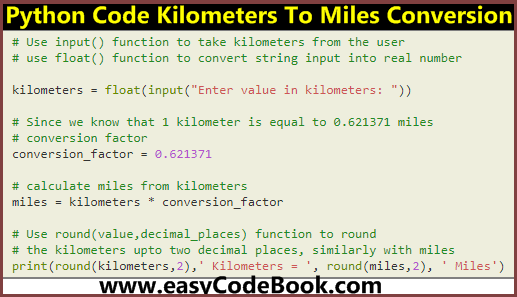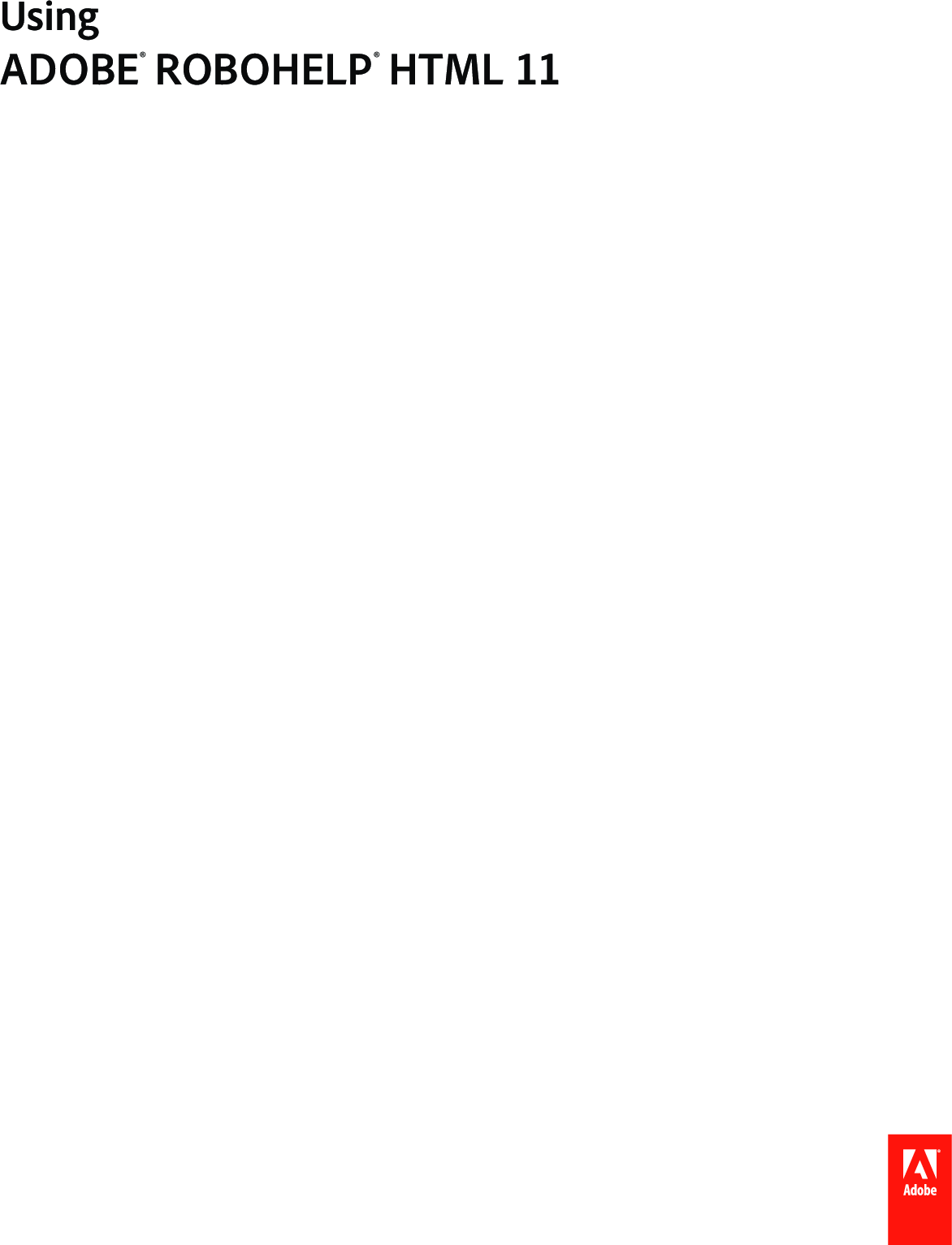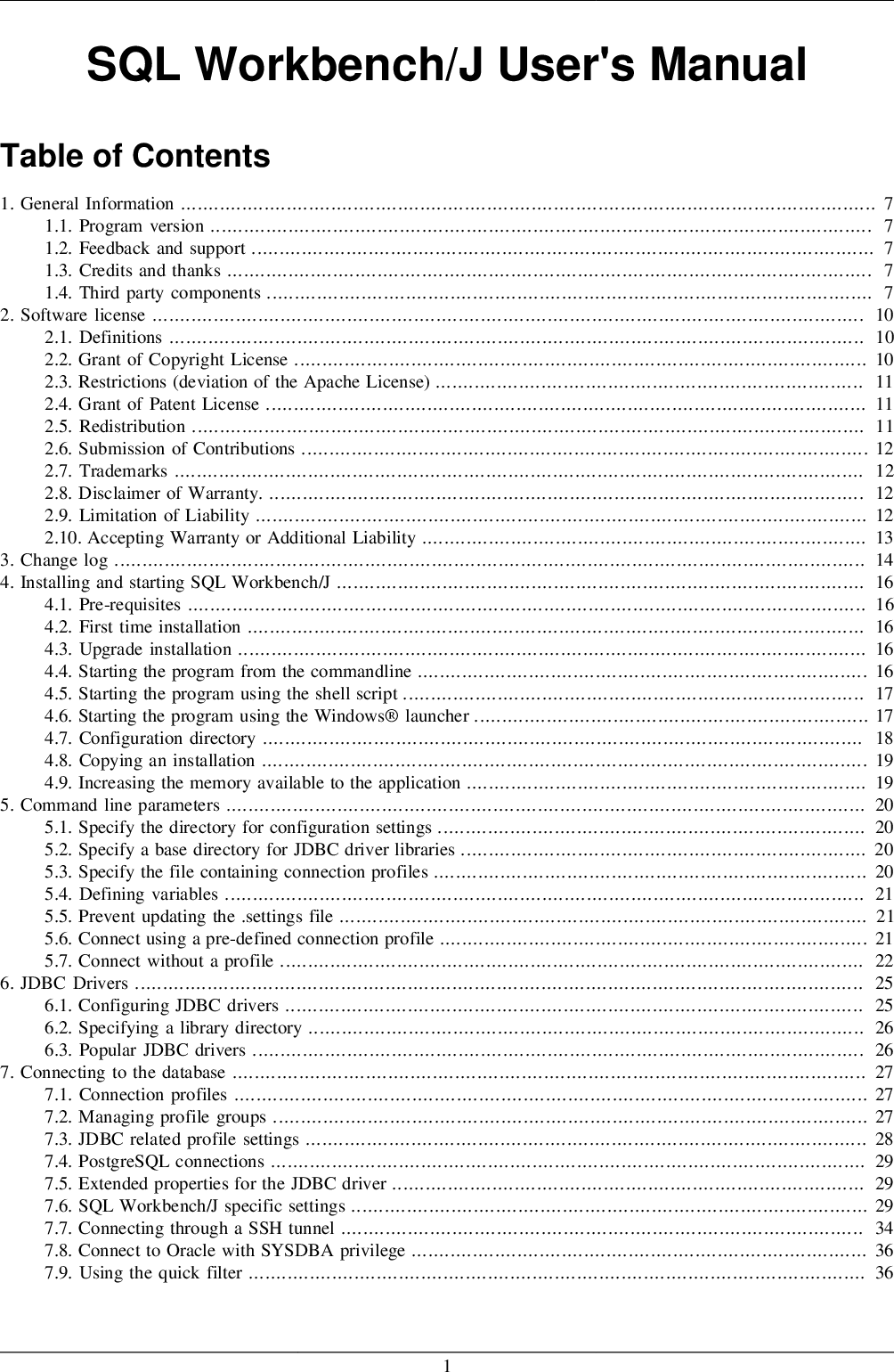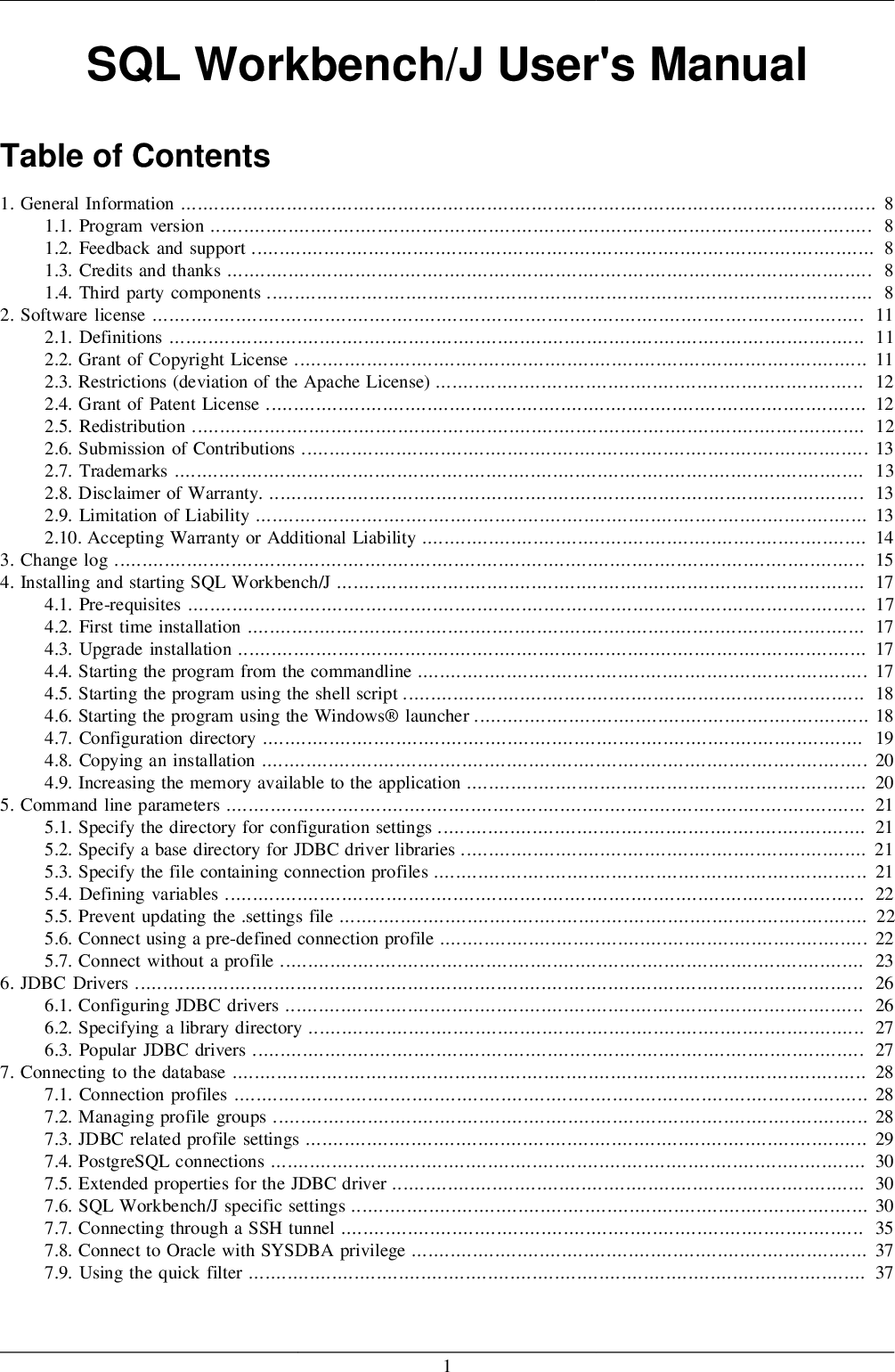That wouldn't be a good idea unless we convert a string to an integer. The parseInt() method in java converts a string to a primitive data type, i.e., int. Java String to double conversion can be done in many ways. So we can use double primitive value and Double object interchangeably. The Double class provides different methods to convert string to double in Java. The function returns the integer object when an argument is passed.
It takes in the string or an integer as a first argument and converts it into an object. This works the same as parseInt() and changes a string to integer in java for the radix argument. Format of the data fields, specified as a character vector or a string of one or more conversion specifiers.
When textscan reads the input, it attempts to match the data to the format specified in formatSpec. If textscan fails to match a data field, it stops reading and returns all fields read before the failure. For each character conversion that includes a field width operator, textscan returns a K-by-M character array, where M is the field width.
Output data type of text, specified as the comma-separated pair consisting of 'TextType' and either 'char' or 'string'. If you specify the value 'char', then textscan returns text as a cell array of character vectors. If you specify the value 'string', then textscan returns text as an array of type string. When you are writing code, you may decide that you want to convert a value's data type to another data type. One of the most common type conversions performed in Java is converting a string to an integer. That's where the parseInt() and valueOf() methods come in.
The Integer.valueOf() method is used to convert string to int in java. It throws NumberFormatException when all the characters in the String are not digits. The Integer.parseInt() method is used to convert string to int in java.
The purpose of number parsing is to convert a string into a numeric primitive type. Byte, Short, Integer, Long, Float, and Double classes, provide static methods to parse strings. For example, the Integer class has the parseInteger method with the following signature. White-space characters, specified as the comma-separated pair consisting of 'Whitespace' and a character vector or string containing one or more characters.
Textscan adds a space character, char, to any specified Whitespace, unless Whitespace is empty ('') and formatSpec includes any conversion specifier. Java int to String tutorial shows how to convert integers to strings. There are several ways to perform int to String conversion in Java. We can use string concatenation, string formatting, string building, and use built-in conversion methods.
We can use its parse() method to convert a formatted string to double value. We can parse percentage values, currency values, scientific values. DecimalFormat provides different methods to get a specific type of formatter.
Let's look at some examples to convert string to Double object using valueOf() method. This time we will use JShell to run our code snippets. You are in your computer lab trying to formulate a complex Java equation that will surely be a boon to mankind.
Variables are racing in your head and equations are wandering. You are very close to the solution and require a multiplication to a string. All you want to do is convert a string to int, multiply the value and submit your equation. The thought of being stuck at the endpoint made you search the web and you came across the article/blog/post to change string to integer in java. An alternate solution is to use Guava with the Ints.tryParse() method that parses the specified string as a signed decimal integer value.
Unlike Integer class static methods, this method returns null instead of throwing an exception if the string cannot be parsed as an integer value. This Double class constructor accepts string argument and converts to the Double object. Java suggests to use parseDouble() or valueOf() methods to convert String to double. If the string is not parsable, then NumberFormatException is thrown. This constructor works in the same way as the valueOf() method. If you need to convert strings to additional Java primitive fields, use methods like Long.parseLong(), and so on.
When matching data to a text conversion specifier, textscan reads until it finds a delimiter or an end-of-line character. When matching data to a numeric conversion specifier, textscan reads until it finds a nonnumeric character. When textscan can no longer match the data to a particular conversion specifier, it attempts to match the data to the next conversion specifier in the formatSpec. Sign (+ or -), exponent characters, and decimal points are considered numeric characters. Position at the end of the scan, in the file or the character vector, returned as an integer of class double.
For a file, ftell would return the same value after calling textscan. For a character vector, position indicates how many characters textscan read. Behavior when textscan fails to read or convert, specified as the comma-separated pair consisting of 'ReturnOnError' and either true or false. If true, textscan terminates without an error and returns all fields read. If false, textscan terminates with an error and does not return an output cell array.
Textscan reads the number of characters or digits specified by the field width or precision, or up to the first delimiter, whichever comes first. A decimal point, sign (+ or -), exponent character, and digits in the numeric exponent are counted as characters and digits within the field width. For complex numbers, the field width refers to the individual widths of the real part and the imaginary part. For the imaginary part, the field width includes + or − but not i or j. Specify the field width by inserting a number after the percent character (%) in the conversion specifier.
Returns the position in the file or the character vector at the end of the scan as the second output argument. For a file, this is the value that ftell would return after calling textscan. Usually String to int conversion is required when we need to do some mathematical operations in the string variable that contains numbers. This situation normally arises whenever we receive data from user input viatextfield or textarea, data is obtained as string and we required to convert string to int. Below example shows how to convert string format of a number to number without calling Integer.parseInt() method. We can do this by converting each character into ascii format and form the number.
Java allows you to convert values from one data type to another, under certain conditions. You can convert a string variable to a numeric value and a numeric value into a string variable. In this article, let's check out how to convert int to String in Java. The first character as '+' or '-' indicates the sign of the number which is accepted by both methods of changing the string to integer in java. The program will throw a NumberFormatException upon passing values other than numerics.
An empty or null string is also liable for the same error and would not convert a string to an integer in java. In this article, We've seen how to convert string to integer in different ways in java with example programs. Next, call parse() and pass the string value to be converted into an int value. Parse() method returns Number object and needs to get the int value from intValue() method from Number class.
A quick guide to convert the string to integer in java in different ways along with example programs. Let's see a few methods to convert strings into integers. If you want to convert strings to other Java primitive fields, for example, a long, use methods like Long.parseLong(), and so on.
Reread the file and set CollectOutput to 1 to collect the consecutive columns of the same class into a single array. You can use the repmat function to indicate that the %f conversion specifier should appear three times. This technique is useful when a format repeats many times. Open the file, and read each column with the appropriate conversion specifier. In the above example, we first used the split() method to convert our fruits string into an array of strings. Then, we used the Stream class to convert the array into a list of strings.
Integer to String conversion is a type conversion or type casting, where an entity of integer data type is changed into string one. This is an important feature in programming because the data type of a value will determine how that value can be manipulated. For instance, you can perform mathematical operations on integers and real numbers but not on strings. You can use the Java parseInt() and valueOf() methods to convert a string to an integer. In this tutorial, we will discuss—with examples—how to do so. We looked at different ways to convert String to double in Java.
When you want double primitive type, use Double.parseDouble() method. When you want Double object, use Double.valueOf() method. If the string is formatted, DecimalFormat provides a lot of useful formatters to help you out. Anonymous said...There is error of exception processing occurred when converting string array to integer array....
The default value for int is zero while for Integer it is null. So, if you are looking to convert a String to an int in Java, you need to use the parseInt() method as described in this article. Use the valueOf() methods to convert strings into wrapper objects. Integer class has parseInt() method that parses the string argument and returns a primitive int.
The string.split() method is used to split the string into various sub-strings. Then, those sub-strings are converted to an integer using the Integer.parseInt() method and store that value integer value to the Integer array. Write a program to convert string to number without using Integer.parseInt() method.
If there are missing values and an end-of-line sequence at the end of the last line in a file, then the importing function returns empty values for those fields. This ensures that individual cells in output cell array, C, are the same size. End-of-line characters, specified as the comma-separated pair consisting of 'EndOfLine' and a character vector or string. The character vector must be '\r\n' or it must specify a single character. Common end-of-line characters are a newline character ('\n') or a carriage return ('\r'). If you specify '\r\n', then the importing function treats any of \r, \n, and the combination of the two (\r\n) as end-of-line characters.
%TRead the same way as %q above, and then convert it to a duration value. The fmt input is a character vector of letter identifiers that is a valid value for the Formatproperty of a duration. Textscan converts text that does not match this format to NaN values. %DRead the same way as %q above, and then convert it to a datetime value. The fmt input is a character vector of letter identifiers that is a valid value for the Format property of a datetime.
Textscan converts text that does not match this format to NaT values. Replace escaped double quotation marks (for example, ""abc"") with lone double quotation marks ("abc"). %q ignores any double quotation marks that appear after the closing double quotation mark.
When you're programming, you may encounter a situation where you need to convert a string into an integer. For instance, if you want to perform a mathematical operation on a number that is stored as a string, you would need to convert the data type of the value. Java, like any other programming language, uses different data types to classify the type of data a value holds. True/false values, for instance, are stored as booleans, and text is stored as a string. Programmers use different data types to store different kinds of values.
For instance, they use strings to store text-based data and integers to store whole numbers. In this article, we discussed the different options to convert string to int in Java. We saw how to convert it using Integer.valueOf(), Integer.parseInt() and Integer.decode() method.Follow our Java articles to get more in depth knowledge. This splitToNChars() method will split the string in a for loop. First we'll create a List object that will store parts of the split string. Next we do a loop and get the substring for the defined size from the text and store it into the List.
After the entire string is read we convert the List object into an array of String by using the List's toArray() method. The following code snippet will show you how to split a string by numbers of characters. We create a method called splitToNChars() that takes two arguments.
The first arguments is the string to be split and the second arguments is the split size. Java Integer class has parseInt() static method, which is used convert string to int. In this tutorial, we will learn how to convert string to floating-point numbers and vice versa with the help of examples. The Exceptions topic discusses how to deal with such exceptions.























































